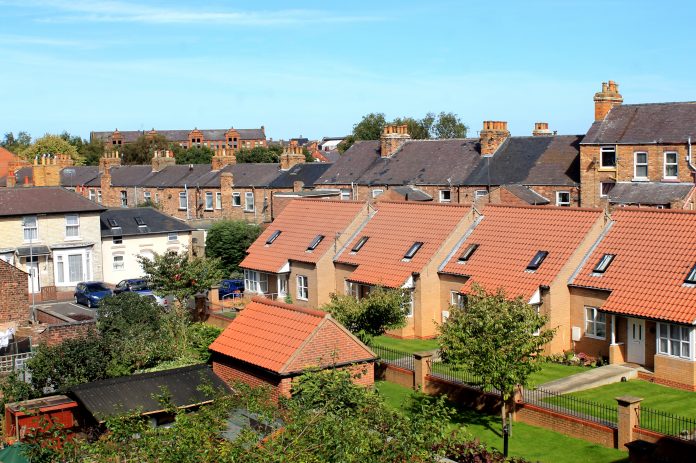Research undertaken by the National Community Land Trust Network has revealed that a third of local authorities in England are now supporting community led housing development
- One in six councils have policies to support community led housing
- One in three councils have given grants or loans for community led housing
- At least 208 public sites have been sold or leased to community led housing groups
The information has been compiled following Freedom of Information requests to all councils in England in December 2018.
Despite central government forecasting that 300,000 properties need to be built each year until the mid-2020s, housing starts are falling short. And while local authorities will benefit from the lifting of the Housing Revenue Account borrowing cap, they are still facing an £8bn funding gap during the same period.
This research highlights some of the ways that local authorities are starting to embrace new community led solutions in an effort to get new homes built or bring properties back into use.
Examples from the data:
- Bristol City Council has developed a Community Asset Transfer Policy which promotes the growth of community led housing and has issued loans and grants totalling £300,000.
- Cornwall Council’s Strategic Housing Framework specifically mentions community led housing and has issued six loans to community groups totalling £3,231,000 and six grants totalling £1,016,750.
- Brighton and Hove City Council invested its full Community Housing Fund allocation in a new Independent Enabler Hub that will help groups form and deliver across the city region.
Community led housing is a way that people and communities can come together to solve their own housing challenges and provide high quality and affordable homes. The homes are managed or owned by the community in the way they want.
Funding available for community led housing is at record levels and includes the Government’s £163m Community Housing Fund. This followed a first year of the Fund (2016/17) when £60m was granted to 148 local authorities based in areas where the number of second homes is high.
There are more than 196,000 community led homes in the UK, the majority being housing co-operative homes that were built in the 1970s and 80s. But in recent years the movement, which also includes community land trusts and cohousing has seen a surge in interest. It is expected that 5,000 new community led homes will be built in the next five years.
Tom Chance, director at the National Community Land Trust Network, said: “Our research highlights the growing interest in community led housing in local government. With budgets stretched more councils are looking for new ways to solve local housing problems and help their neighbourhoods prosper.”
Andrew George, director at Cornwall Community Land Trust, said: “Putting the community in the driving seat not only helps to ensure we get the homes the community wants and needs, but they’re protected to benefit future generations in perpetuity too.
“Community led housing works. In Cornwall, over the past ten years, 23 projects have developed 241 homes. We’re fortunate to have full backing from Cornwall Council. Without this, we would not be as successful as we are. From professional support to political backing and the availability of a £4m Community Land Trust Revolving Loan Fund to bankroll the development phase. It makes a big difference to know the council is right behind what we’re doing.”














